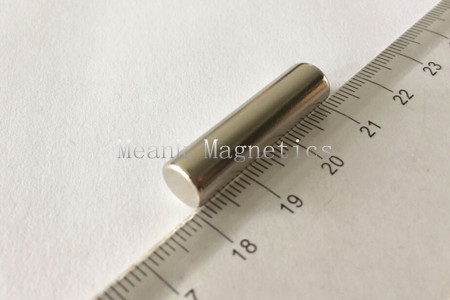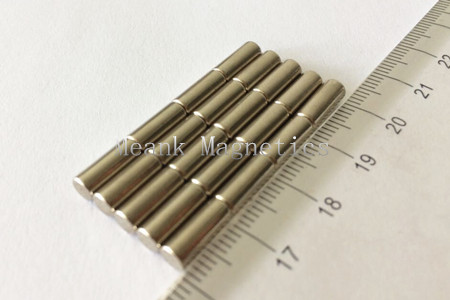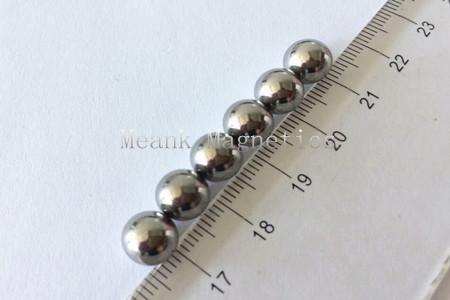At present, the production processes involved in various types of magnets mainly include sintering, casting, bonding, and hot pressing and thermal deformation. One of the processes may be suitable for the production of several kinds of magnets, but in the actual production process, some adjustments and improvements of the procedures and details must be carried out according to the characteristics of the magnets. The following will introduce these types of production processes one by one.
The sintering process is a powder metallurgy method and is currently the most widely used production process. It is suitable for the production of sintered neodymium iron boron, permanent ferrite, samarium cobalt, and sintered AlNiCo magnets for sale.
The production process is as follows: raw material preparation, burdening - smelting - crushing - powder making - magnetic field orientation and pressing - sintering and tempering - mechanical processing - surface treatment - inspection and packaging
Casting refers to a processing method in which solid metal is melted into a liquid state and poured into a mold of a specific shape, and then solidified and formed. For permanent magnets, the casting process is mainly used to produce cast AlNiCo magnets. Compared with sintered AlNiCo magnets, cast AlNiCo magnets have higher magnetic properties and can be processed into different sizes and shapes. The process of sintering AlNiCo magnets is simple, the blank size tolerance is small, and the workability is good.
The production process is as follows: molding, burdening - melting - pouring - solid solution - heat treatment - magnetic inspection - mechanical processing - finished product inspection, packaging
The bonding process is a production process in which the permanent magnetic material powder with certain magnetic properties is uniformly mixed with the adhesive and other additives in a certain proportion, and then the composite permanent magnetic material is prepared by methods such as pressing, extrusion and injection molding. Compared with sintered and cast permanent magnets, the outstanding advantages of bonded magnets are: high dimensional accuracy, no deformation, no secondary processing; large degree of freedom in form, which can produce products of various shapes according to actual use requirements, such as long strip, sheet, tube, ring or other complex shape products; convenient for mass automated production; and the product has high mechanical strength. The disadvantage is that the magnetic properties are low and the use temperature is not high. The key technologies in the bonding process are: the preparation of magnetic powder, the selection of coupling agent and bonding agent, the amount of bonding agent added, the pressure of molding and the strength of the orientation magnetic field, etc. The manufacturing methods of magnetic powder used for bonded NdFeB mainly include melt rapid quenching method, HDDR method, mechanical alloying method and gas spray method. Among them, the HDDR method is currently more popular.




